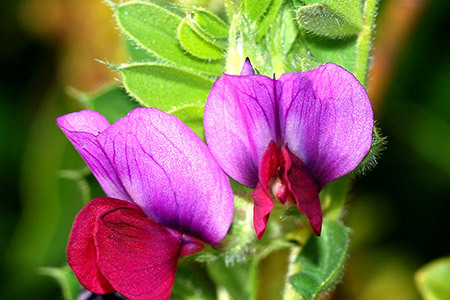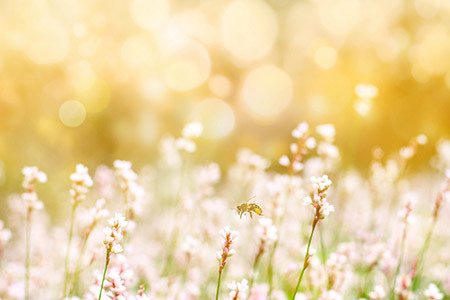bitter lettuce
Bitter lettuce, also known as bitter hemp vegetable, bitter chicory, good hemp, goose vegetable, August old, Western lettuce, and fat pig vegetable, is a high-yield, high-quality, adaptable, and palatable feed. Bitter lettuce is rich in amino acids and vitamins, has a long grass supply period in early spring, and produces a large amount of leaves.
Classification:
Forage and green manure seeds
Telephone:
Product Description
Bitter lettuce, also known as bitter hemp vegetable, bitter lettuce, good hemp, goose vegetable, August old, western lettuce, and fat pig vegetable, is a high-yielding, high-quality, adaptable, and palatable feed. Bitter lettuce is rich in amino acids and vitamins, has a long grass supply period in early spring, and produces a large amount of leaves.
Bitter lettuce is a crop that prefers warmth but is also cold-resistant. The starting temperature for seed germination is 5-6°C, and the optimal growth temperature is 25-35°C. Bitter lettuce has strong heat resistance and can grow normally at high temperatures of 35-40°C. Frost has little effect on bitter lettuce, and it has strong cold resistance. Due to its tall plants and lush stems and leaves, it has strong regeneration ability, and its roots absorb a lot of water and transpire moisture from the leaves. Bitter lettuce is not flood-resistant; in low-lying areas with water accumulation or submerged for several days, its roots are prone to rot and die.
Bitter lettuce has no strict requirements for soil and can be planted in various soils, but well-drained fertile loam is most suitable for its growth. It is tolerant of light salinity and alkalinity, growing well in alkaline soils with a pH value less than 8. It is relatively shade-tolerant and can be planted under fruit tree canopies.
Bitter lettuce is high-yielding and of high quality, with strong regeneration ability. In northern regions, it can be harvested 3 to 5 times a year, while in the south, it can be harvested 6 to 8 times a year, producing 6000 to 8500 kilograms of fresh grass per acre. High-yielding varieties can reach 10,000 kilograms. It not only has a high yield but also a high nutritional value, containing high levels of crude protein, crude fat, and low levels of crude fiber. It is palatable and is favored by pigs, sheep, goats, cattle, chickens, ducks, geese, and fish.
At the same time, it also promotes the appetite of livestock and poultry, aids digestion, and has the effect of dispelling heat and preventing diseases.
Key points for planting:
1. Crop rotation and land preparation: Bitter lettuce has strong adaptability, and various cereal crops, vegetables, and fruits are good preceding crops. The seeds of bitter lettuce are small and light, with weak soil covering ability. It can be sown early, from February to August, requiring plowing with a depth of more than 20 centimeters and leveling the soil. Bitter lettuce is suitable for bed planting for irrigation. The size of the beds can be adjusted according to local conditions, generally 2 meters wide and 5-10 meters long. When using machinery for sowing, large beds can be created.
2. Apply base fertilizer: Bitter lettuce is a high-yielding and high-quality crop that requires a lot of fertilizer. Sufficient well-rotted organic fertilizer should be applied as base fertilizer before sowing, generally 2300-5000 kilograms per acre.
3. Sowing: Bitter lettuce is generally sown directly, but seedlings can also be transplanted. Sowing usually begins as soon as the land thaws; in the north, it can be completed simultaneously with spring wheat, and in the south, it can be sown in autumn or after early-maturing crops like wheat and peas for double cropping in a year. Bitter lettuce is often sown in rows, by machine, or broadcast. The row spacing for row sowing is 20-30 centimeters, with a seeding rate of 0.5-0.77 kilograms per acre, and a sowing depth of 2-3 centimeters, followed by timely compaction. If the density is too high, thinning can be done appropriately. Sufficient nitrogen fertilizer can promote more leaves and significantly improve yield and quality. Insufficient phosphorus and potassium can lead to slow growth, delayed maturity, and increased risk of lodging. In addition to applying sufficient base fertilizer, well-rotted manure or chemical fertilizers like ammonium sulfate and urea should be applied after each cutting, combined with irrigation to promote regeneration. The first cutting can be done when the plant height reaches 40-50 centimeters. After that, cut every 20-40 days, ensuring timely cutting to maintain high nutritional value.
Key words:
Immediate consultation
If you are interested in our products, please leave your email, we will contact you as soon as possible, thank you!
Product recommend
RELATED INFORMATION
02
/
12
News dynamics
01
/
30
News dynamics
07
/
17
News dynamics
04
/
18
News dynamics
01
/
19
News dynamics
Urban greening is an important component of urban construction.







